The Popular Debate Over Pop vs. Soda
Which is the proper term for a soft drink?
February 6, 2019
Sometimes, water simply does not satisfy me throughout the day. I often crave the taste of the bubbly, sugary liquid and the boost of energy it creates after consumption. However, ordering a soft drink at a restaurant can be problematic. Once the word, “soda” comes out of my mouth, the puzzled look and disappointment from the waiter is obvious. I have to quickly explain that I am not from the Pittsburgh area and I do not say “pop.”
After coming to the university from my hometown in York, I have noticed that most people from this area use the word “pop” when talking about a soft drink. At first, I thought there were only a couple of people who used the term. However, I was wrong – there are an immense amount of people who say “pop” instead of soda.
On popvssoda.com, each user can submit their preferred usage of soda, pop or coke. According to the website, 92 percent of people in Washington county say “pop” and only six percent say “soda.” Furthermore, there are 3339 people in Allegheny county who say “pop” compared to the 408 people in that county who say “soda.” The west side of Pennsylvania predominantly uses the term “pop” to describe a soft drink.
So which term came first – pop or soda? Well, the first carbonated drink was invented in 1766 by Joseph Preistly; however, the first legitimate soft drink was created in 1886 by Dr. John Pemberton. The drink he created was none other than America’s favorite: Coca-Cola. A couple of years later, soda fountain machines became popular; in fact, the American Soda Fountain Company was founded in 1891. Likewise, the bottle cap style was created in 1891 by William Painter. I assume the term “pop” was created shortly after Painter’s invention because it could have simply derived from the sound made from popping off a cap.
One of the key reasons as to why the west side of Pennsylvania – relatively the Pittsburgh area says “pop” more than “soda” could relate back to 1962. In that time period, the first pull-ring tab used on cans for soft drinks or alcoholic beverages was marketed by the Pittsburgh Brewing Company. The pull-ring tab was created by Ermal Fraze who spent his time working on a farm in Indiana. However, Fraze became curious about creating a new way for cans to be opened after he forgot his bottle opener while attending a gathering with friends. After that occurred, Fraze was determined to invent a new, efficient way to open a can without the hassle of carrying a bottle opener.
Fraze’s invention was not as convenient as it is today. For instance, it required expensive retooling which made it difficult for breweries to invest in. The Aluminum Company of America (Alcoa Inc.) which was founded in Pittsburgh was not interested in the product at first glance. However, Alcoa eventually bought the product from Fraze. Also, Dayton Reliable Tool took part in the creation of the systems that companies needed for the can. As mentioned earlier in the article, the Pittsburgh Brewing Company was the first business to reach out to Alcoa and order about 100,000 cans. After doing so, the Iron City Beer created by Pittsburgh Brewing Co. had an increase in sales by 400 percent in six months. This drastic increase caught the attention of other breweries, and Fraze’s pull-ring tab soon became a necessary and ubiquitous item for a growth in sales.
William Painter and Ermal Fraze both influenced the term “pop” because of Painter’s bottle cap invention and Fraze’s pull-ring tab. Both of these inventions created a “popping” sound as they were opened. Overall, there is not an exact answer as to which term came first. The two terms are used for the same thing – a soft drink. Therefore, it shouldn’t matter which one you say. Which term do you use?
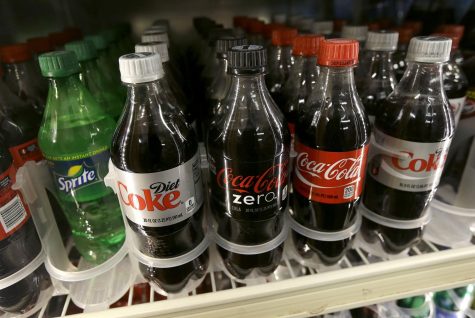


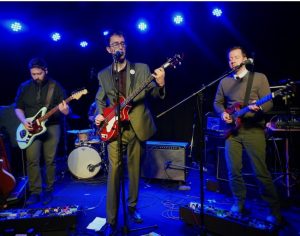

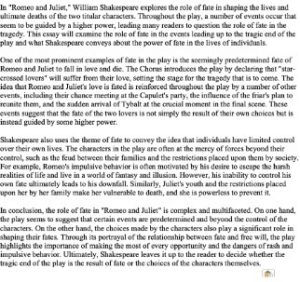
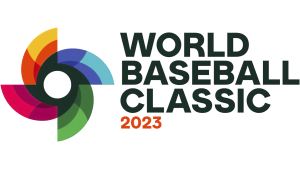

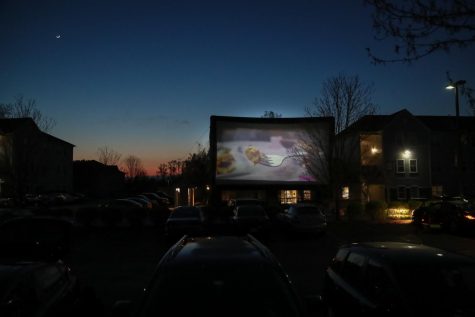
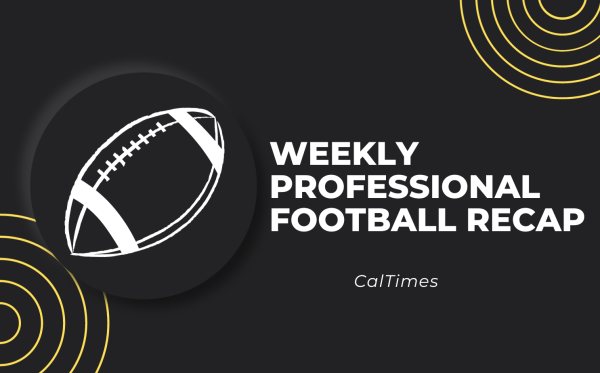
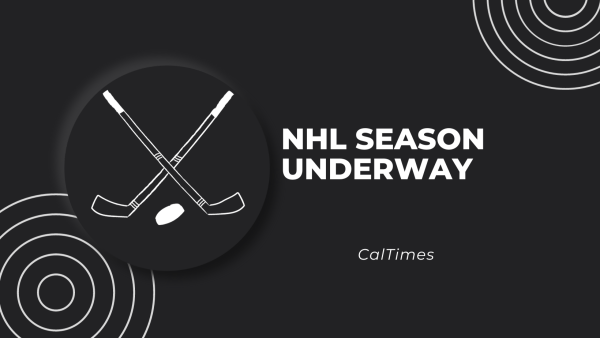
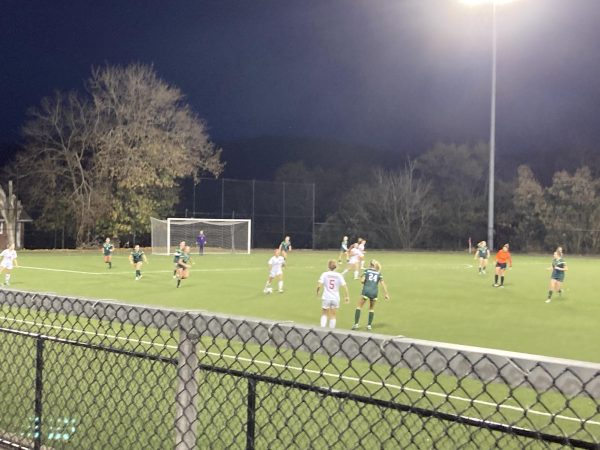
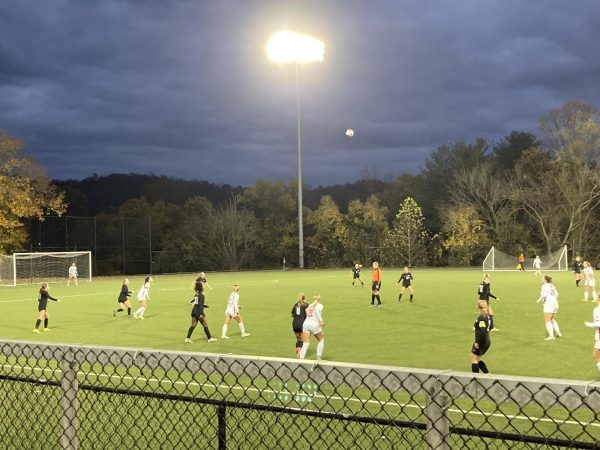
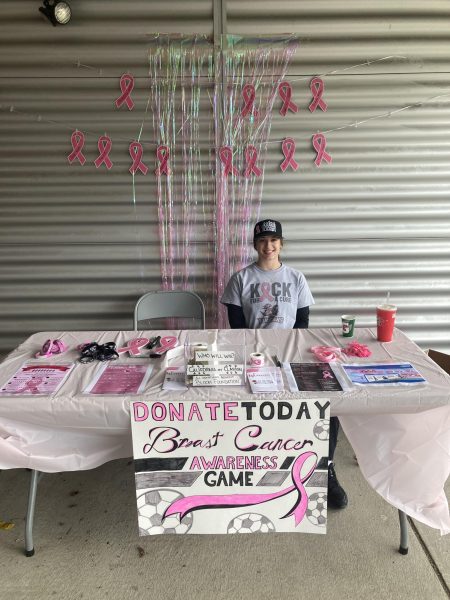
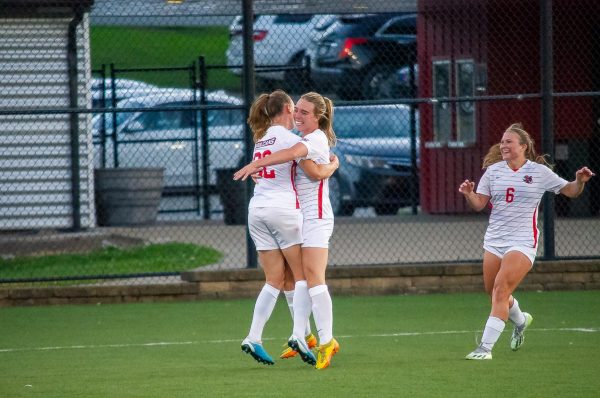
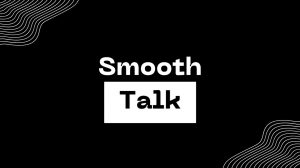

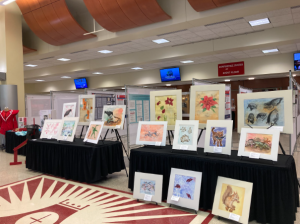



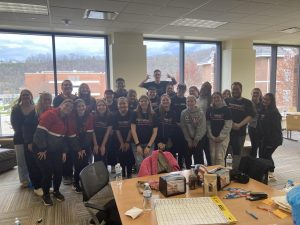
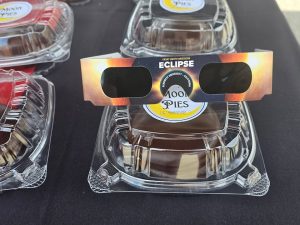
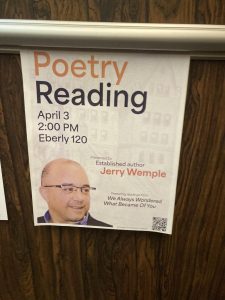
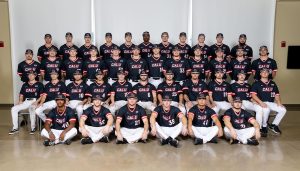
Allan • Feb 12, 2019 at 9:22 pm
I really enjoyed your “Pass the Turkey” article but laughed and learned in the Soda v. Pop story. Keep up the great work !